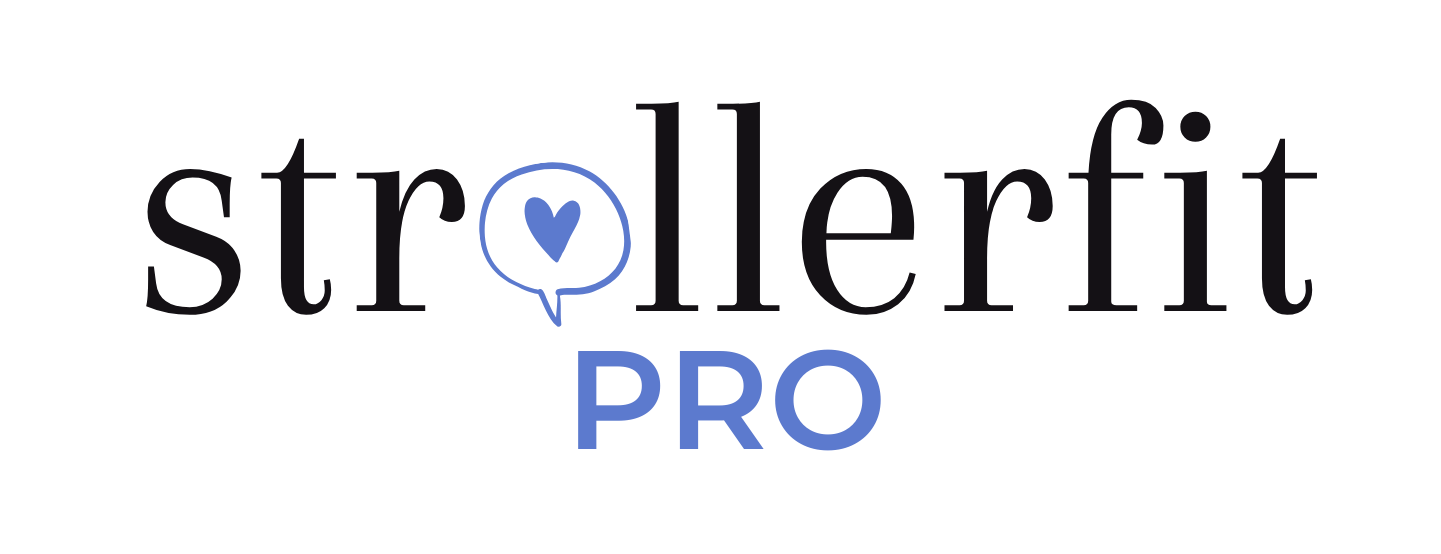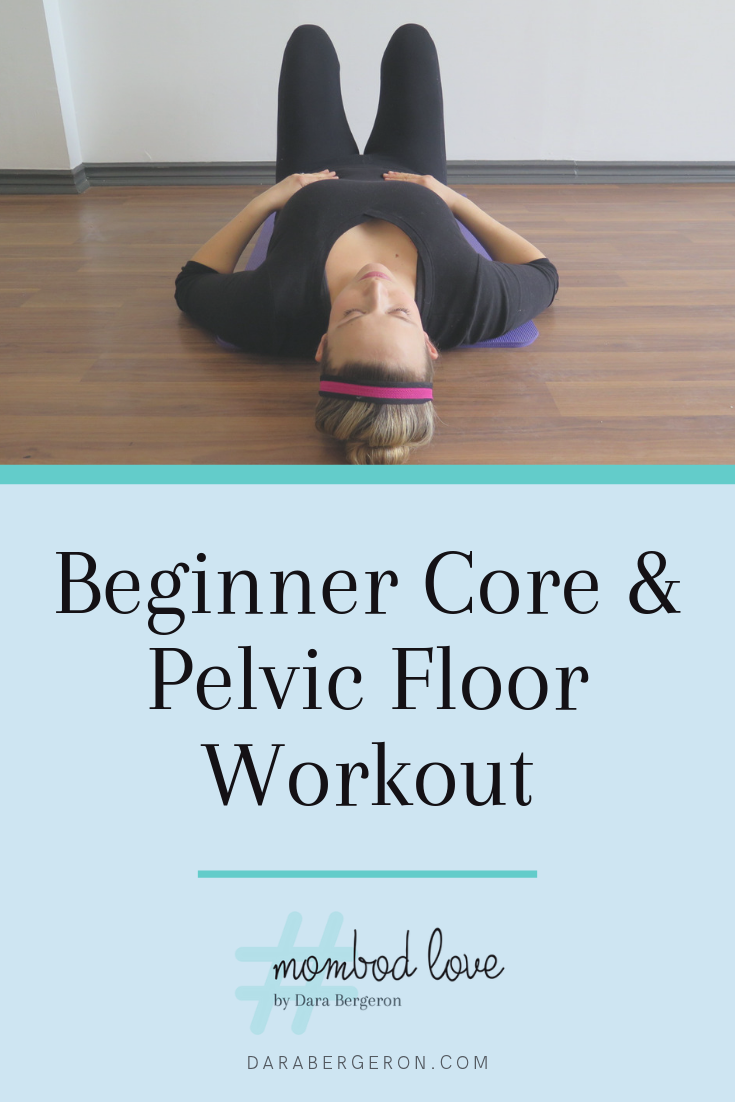
Are you wondering “what the heck happened to my abs?” They’re in there. Let me reunite you.
There are many reasons it might be difficult to connect with the core: alignment, cesarean healing, a lack of effective training cues and diastasic recti, among others.
Regardless the reason, if it feels difficult to “connect” to the core, going back to the basics is always a good idea, whether a few months or years postpartum.
First things first.
I always recommend you consult a Pelvic Health Physiotherapist to get a personalized treatment plan and ensure your core and pelvic floor muscles have recovered optimally from pregnancy and postpartum. It’s never too late to get some one-on-one help! Often, we dismiss symptoms early after childbirth and wait for them to disappear on their own… then months or years later we experience pain, pressure or leakage as time goes on and we add a heavier load (um, stage 5 clinger preschoolers, anyone?) or start to add intensity or load to our exercise program because we think we’ve “healed.”
Second, think beyond exercise. We do many non-exercise things in our daily life which impact our overall well-being. While exercises to regain control of your core are crucial, so are these 6 essential tips for optimal pelvic floor & core health. Check them out to help you get the most out of your hard work and heal well.
On to the workout!
Here are 5 gentle exercises to help you, or your client, connect with the core and pelvic floor in pregnancy and postpartum.
While recovery is different for everyone, I recommend putting the pause on more challenging core work such as planks and rotations until you’ve trained for several weeks on diaphragmatic breathing and basic core activation drills like these, AND are free of symptoms — in other words, you don’t have low back pain, feel pressure or pain, and don’t pee yourself when you run to catch the streetcar.
Really focus! These moves are challenging when done properly.
Sidelying Diaphragmatic Breath
Lie on your side, head on arm. Place your top hand on your lower abdomen and bend your knees, feet together. Inhale as you relax your belly and let it soften. Exhale through your mouth as through a straw and gently draw your sitting bones toward each other, lifting your pelvic floor upward. At the same time, you should feel as if your hipbones move inward & upward. 👉🏽 We will refer to this as “contracting your inner core” for all further exercises.
You may feel a slight tightening of the lower belly but will not squeeze your butt or move your hips. Continue contracting as you breathe in and out naturally, with relaxed neck and shoulders. Remember also to practice totally relaxing the pelvic floor and low belly on inhales. When you can hold this contraction for 10 counts while breathing, progress to the next exercise.
Clamshell

Lie on your side, head on arm. Place your top hand on your lower abdomen and bend your knees, feet together. Exhale, draw your low belly inward and pelvic floor upward to contract the inner core. As you contract the inner core, lift your top knee and squeeze your glute (that’s your butt muscle) on the side of the top hip. Only lift as high as you can while still contracting the inner core and remaining on your side. Don’t rock back. Inhale and lower the leg, relaxing pelvic floor and belly fully in the bottom position. 10-15 reps per side.
Burning Bridge

Lie on your back with knees bent and feet on the floor, near your butt. Place a pillow, rolled up towel or soft exercise ball between your knees and squeeze gently with your inner thighs. Place your hands on your lower abdomen and find a neutral alignment (your spine is naturally curved, not pressed into the floor or arching excessively). Maintain that neutral alignment while you contract the inner core, as described above, and lift your bum a few inches from the floor while maintaing a firm grip on your pillow. Do not arch your back or let your ribs thrust toward the ceiling. Work up to 10-15 reps.
Bent-Knee Fallout

Lie on your back with knees bent and feet on the floor. Rest your hands on your lower abdomen and find a neutral pelvis and spine, with your pubic bone and hipbones level. Keep your left foot firmly planted into the floor and left knee pointing straight up; inhale and relax the core and pelvic floor as you allow the right knee to slowly “fall out” to the side. Only lower far as you can without rocking the hips to the side. Exhale, drawing the sitting bones together and pulling the right knee back to centre position. 10-15 reps per side.
Heel Slide
Lie on your back with knees bent and feet on the floor. Rest your hands on your lower abdomen and find neutral alignment, as described above. Inhale to prepare, letting your pelvic floor and low belly soften and relax. Exhale to draw the hipbones and sitting bones gently together and inward, and slowly slide one heel away from the butt. Don’t slide so far that you arch your back or thrust your ribs up, or feel you have to let go of your inner core contraction. Inhale, slide back to start. 10-15 reps, gradually lengthening the size of your slide as you find you can hold the core contraction better. (The heel slide works best with bare or socked feet, on a smooth surface.)
how to make it work
You may perform these exercises every other day, or daily if you’re a real keener. This sequence can also compose your warmup for a home-based strength training workout.
If you’re not yet at the stage of doing full-fledged home workouts, try following these moves with some walking, as walking is one of the top ways to gently restore normal length & movement to the pelvic floor & core muscles. I also recommend aiming said walking at a coffee shop because pregnancy and postpartum are as hard on your brain as they are on your core. You deserve it.
xo
D.




Recent Comments